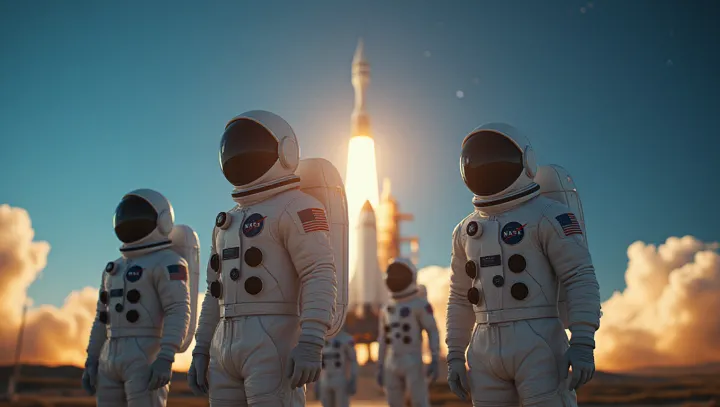Saturn: Space Exploration's Golden Success

The allure of Saturn has captivated scientists and enthusiasts alike, with numerous missions successfully targeting the gas giant. Notably, the Cassini-Huygens mission stands out for its extensive contributions to our understanding of this distant planet. Initiated by NASA in collaboration with the European Space Agency, Cassini spent many years studying Saturn’s rings, atmosphere, and moons.
The mission's findings have been transformative, providing a wealth of data that continues to influence contemporary studies. Key discoveries include the methane lakes on the moon Titan and geysers on Enceladus, both of which have implications for understanding life in our solar system. As explorers look to future missions, Saturn symbolizes not only the challenges inherent in interplanetary travel but also the boundless potential for scientific advancement.
Saturn remains a critical frontier for exploration, representing both the complexity and allure of space travel. The industry is abuzz with interest, as agencies worldwide contemplate the next steps in reaching further into our cosmic neighborhood. Recent discussions highlight the progress made possible by those early, yet pivotal, explorations.
